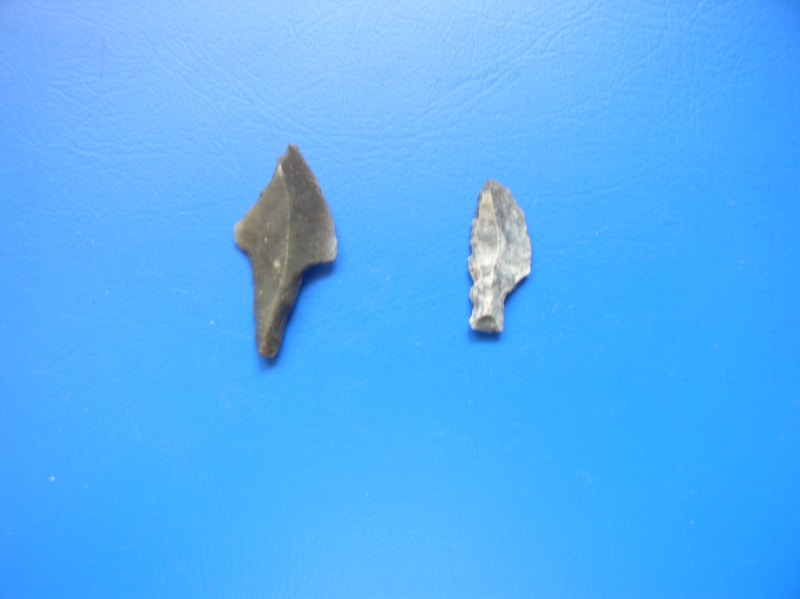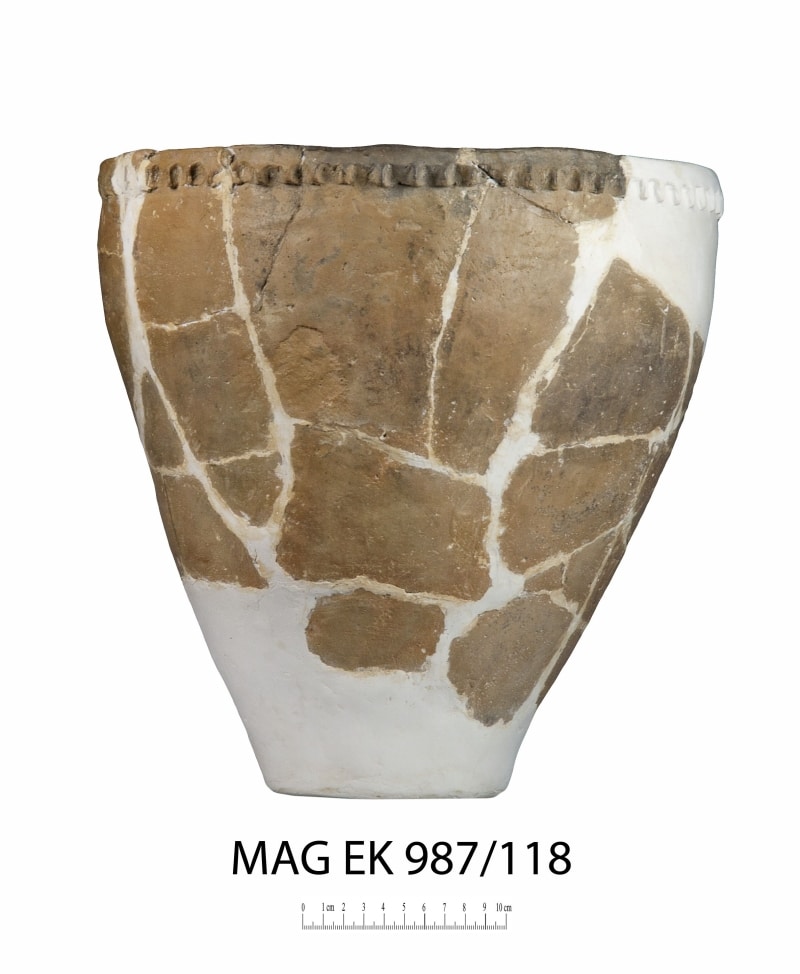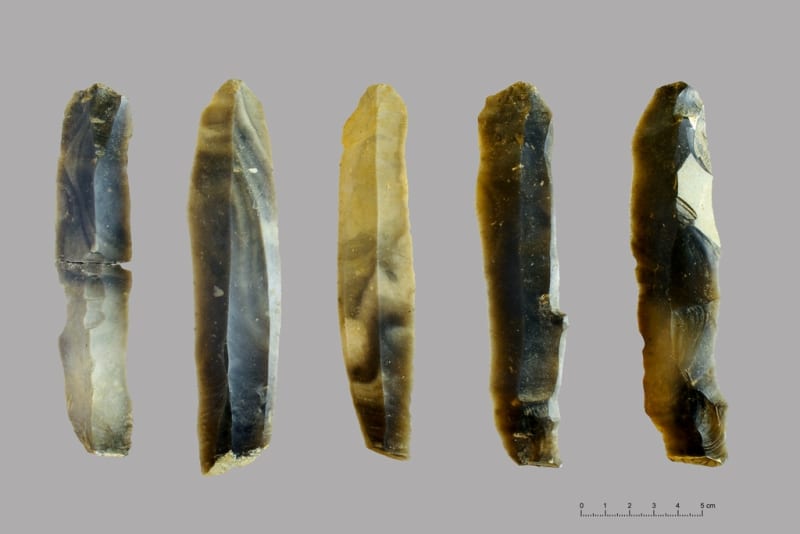What do we do?
The Stone Age and Early Bronze Age Department collects and studies artefacts dating from the Stone Age and Early Bronze Age that have been recovered from various types of archaeological fieldwork. The vast majority come from excavations carried out in present-day Gdańsk Pomerania.
Our collection
We have over 11,500 catalogued and studied museum objects in our collection. The most valuable and important of these are displayed in a permanent exhibition on the Prehistory of Gdańsk Pomerania. Most of the artefacts come from settlements and temporary camps dating from the 6th to the 2nd millennium BC.
Our activities
We undertake both short- and long-term projects. The first of these include rescue excavations, in other words archaeological digs conducted in places (e.g. construction sites) where potential archaeological sites are threatened with destruction. Our long-term projects include two large-scale research programmes.
Starogard Lakeland research programme
This programme, launched back in the 1980s, examines issues concerning the early and middle Neoltihic (the Stone Age period just before the Bronze Age) in the Starogard Lakeland (Pojezierze Starogardzkie).
Our research work has led to the discovery of many significant facts and finds. These have added greatly to our knowledge about the earliest societies that lived in Gdańsk Pomerania during the New Stone Age.
As part of this programme, we have carried out a series of excavations over many years at eight Neolithic settlement sites. These have yielded information about the everyday life of farming communities, shedding light on their subsistence economies, the types of buildings they built and the general nature of their settlements and material culture. The richly decorated pottery found at these sites is of particular interest, as it suggests that the people who made it had a well-developed spiritual and belief system, and a keen sense of aesthetics.
Gulf of Gdańsk research programme
This programme focuses on the earliest Stone Age settlements around the Gulf of Gdańsk.
Many years of excavation have revealed evidence of the so-called Rzucewo culture. This term refers to the assemblage of artefacts, including pottery and stone tools, and the characteristic terraced settlements typical of the hunting and fishing tribes who lived on the southern Baltic coast during the 3rd and 2nd millennia BC. These tribes hunted sea mammals (seals and porpoises), remains of which have been found at sites including the settlement at Rzucewo, Puck Commune. Excavation results have also provided information about the building traditions of these communities. They built their houses on coastal terraces in a gently sloping moraine upland. The walls of the houses were made from timber posts driven into the ground.
We have also learned a lot about other activities regularly practised by the fishermen and hunters, which included making pottery and stone axes
It turns out that amber also played an important role in the life of these settlers. They collected amber from the beaches of the Gulf of Gdańsk, and worked it using small flint tools to make dress accessories and amulets. They also exchanged amber with other groups, which is demonstrated by the many amber artefacts found in southern Poland.
We collaborate with other specialists
It’s worth adding that we carry out most of our major archaeological projects working together with experts on other subjects, such as the past natural environment (geologists, palynologists), animals (zoologists and ichthyologists) and human populations (anthropologists).
Contact
Stone Age and Early Bronze Age Department
Olgierd Felczak
o.felczak@archeologia.pl
tel. +48 58 320 31 88
1. Flint arrowheads used by reindeer hunters. 10,000–8000 BC.
2. Flint axehead from Borkowo. 3500–2500 BC.
3. Stone hoe from Klonowo Dolne. 3500–2500 BC.
4. Decorated pot from Brody Pomorskie. Stroke-Ornamented Pottery culture. 4600–4300 BC.
5. Large storage pot from Barłożno. Funnel Beaker culture. 3300–2800 BC.
6. Decorated pottery bowl from Rzucewo. Rzucewo culture. 2500–2000 BC.
7. Flint blades from Rożental, imported from Volhynia. Funnel Beaker culture. 3500–3000 BC.
8. The oldest known textile fragment made from reed grass and linden bast fibres found in Pomerania. 2500–2000 BC.
9. Ceramic ornaments in the form of rams’ heads. Funnel Beaker culture. 3500–3000 BC.
10. Bronze halberd. Early Bronze Age. 1700–1500 BC.
11. Bronze pickaxe. Early Bronze Age. 1700–1400 BC.
12. Pottery amphora from the settlement at Osłonino, mid-third millennium BC.
13. Pot with cord-impressed and stamped decoration, mid-third millennium BC.
14. Pottery beaker with lug and cord-impressed decoration, dated to the third millennium BC.
15. Pottery bowl with stamped decoration, discovered in a post-built hut at Rzucewo. Dated to the mid-third millennium BC.
16. Part of a large storage vessel known as a Turin amphora. Incised and stamped decoration can be seen on the outer surface. Dated to the mid-third millennium BC.
17. Pottery amphora from Rzucewo, mid-third millennium BC.
















